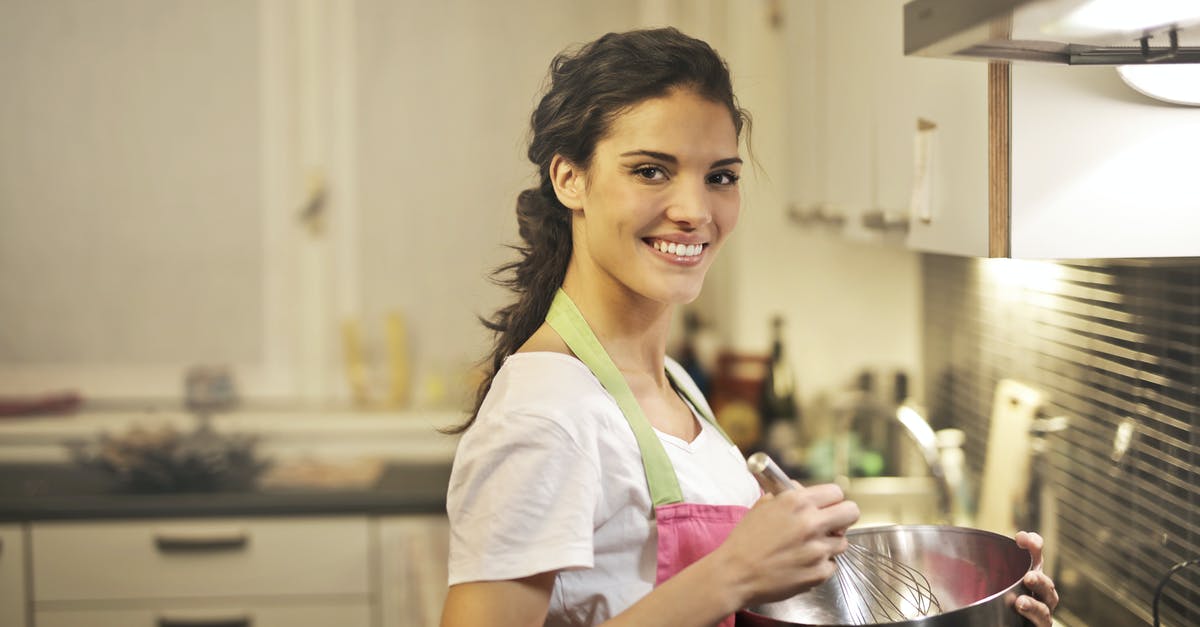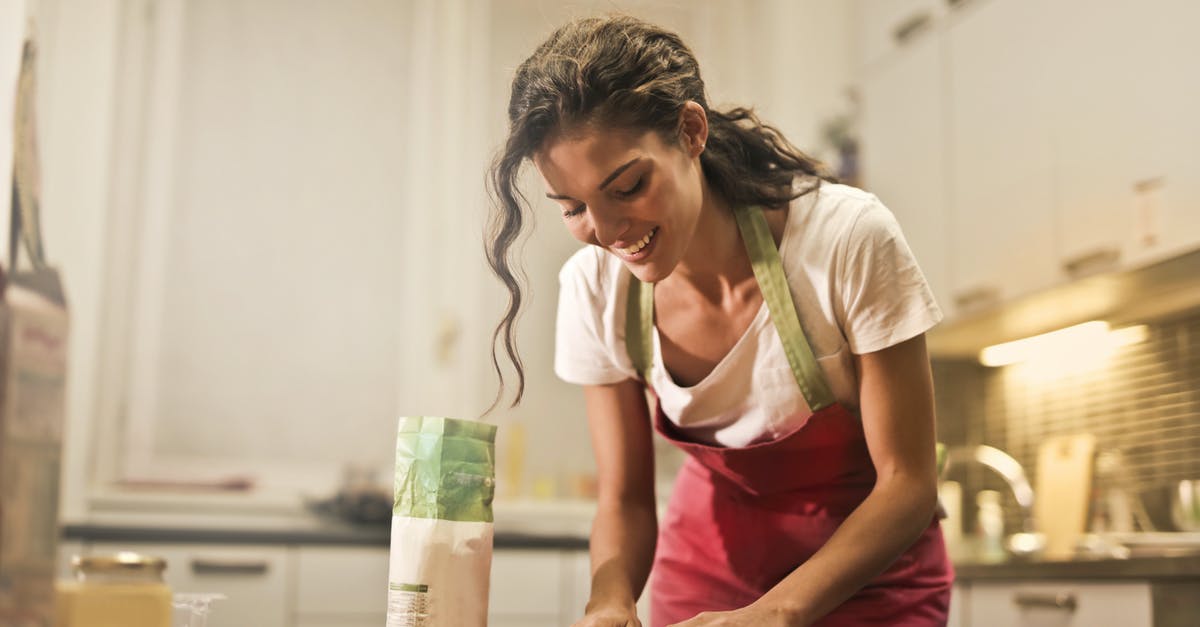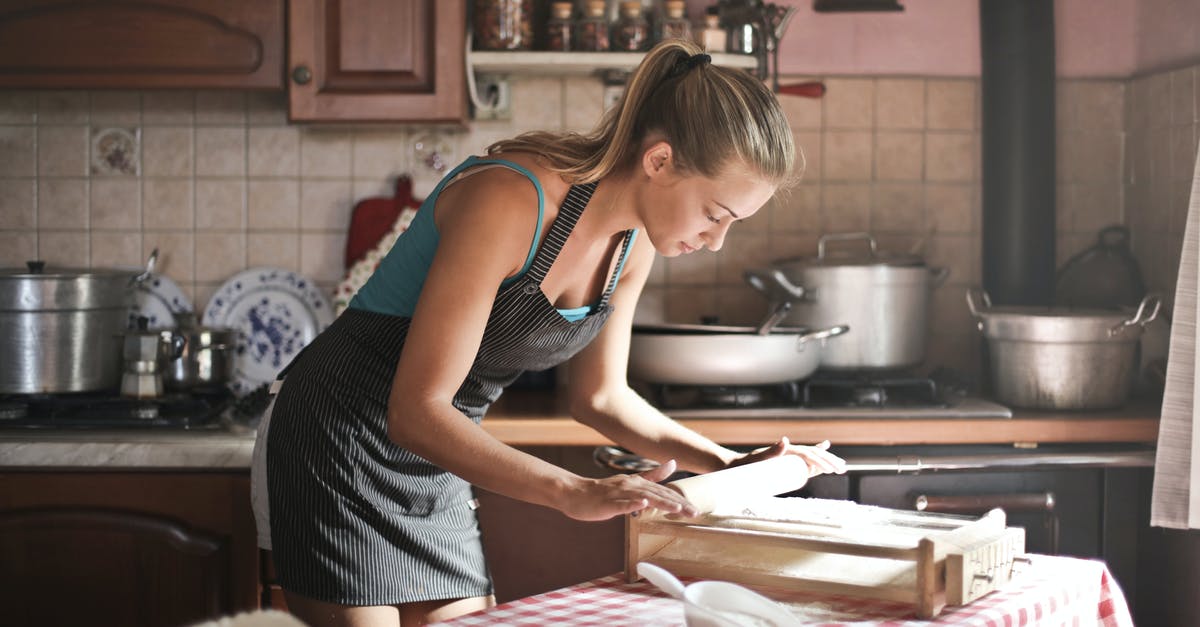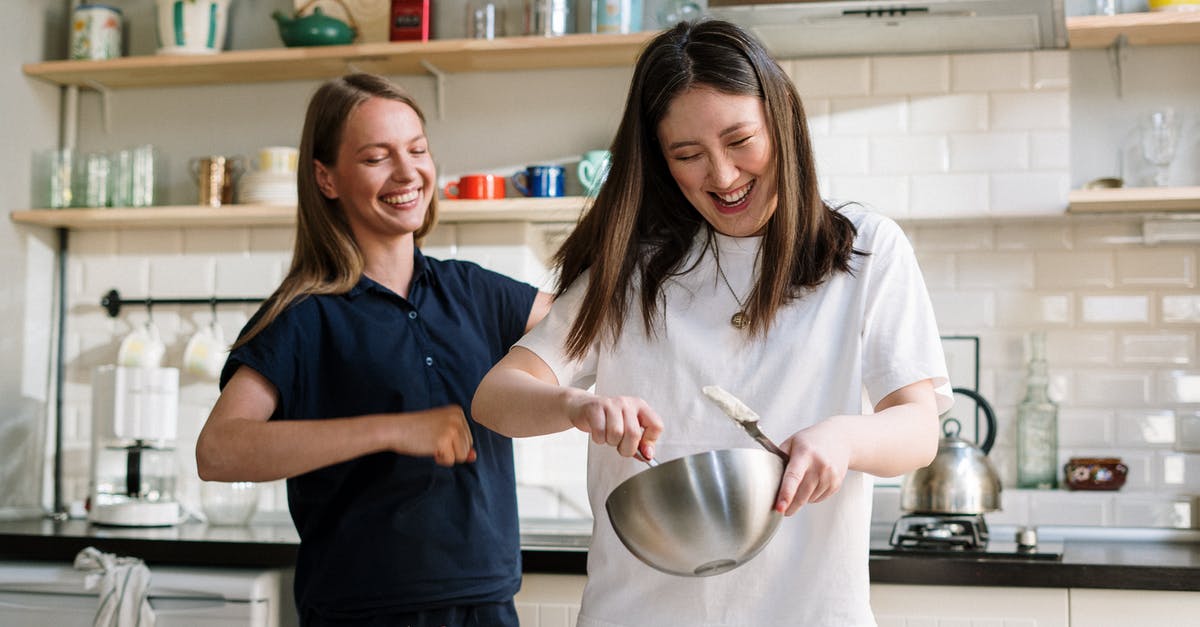How to decide the baking temperature when recipe doesn't mention it?

On what factors does the temperature setting depend?
Of course if I have to bake a stone, I would need to set the temperature at 900C perhaps :rolleyes: ;), but in normal cakes where you have a banana or an orange as an extra ingredient, how do you decide the temperature?
Example: How much temperature difference can there be in a plain cake and a banana cake?
If you bake a banana cake on 200C instead of 180C, is that going to make a difference somewhere? In which way?
Best Answer
Cooking temperature and time are determined by a number of factors. The idea is to get the inside of the product properly cooked before the outside dries out, becomes tough, or becomes unpleasantly dark or even burned. At the same time, you usually want the product to get nicely browned (adds flavor and looks nice) before the inside is overcooked. So it's a balance.
Factors which influence appropriate temperature and time include:
ingredients: High protein ingredients (like meat or eggs) easily become tough when overcooked. High sugar or starch recipes will tend to brown or burn more easily.
moisture level: For some products, such as popovers or many kinds of pastry, steam is an important leavening agent, and a high temperature is called for. In other products, like cookies, one of the goals of baking is to drive off excess moisture. And in still others, moisture is absorbed into the other ingredients.
shape: A fat, round loaf will usually need a longer cooking time and lower temperature than a thin, flat pizza or a long, skinny baguette because it takes longer for the center of the loaf to heat up.
pH: Changing the pH of the product will change how it browns.
leavening: Some chemical leavening, like double-acting baking powder, activates at a certain temperature.
personal preference: At the end of the day, the most important factor is whether you like the way the product turned out. If you like a crispier crust, change the temperature and/or cooking time to suit your taste.
Any baking recipe should specify the temperature and cooking time, unless perhaps it's from a book that specifies those things for a number of recipes at once. If not, find a similar recipe and use the temperature specified there, but keep a close eye on the product during the baking process. Learn how to tell when the product is done. For cakes, you usually go by color for the outside, and by temperature or using a toothpick or wooden skewer for the inside. (Briefly: poke a wooden toothpick into the center of a cake; if it comes out with wet batter, keep cooking; if it comes out clean and dry, it's probably overcooked; if it comes out with a few crumbs stuck to it, it's probably perfect.)
Pictures about "How to decide the baking temperature when recipe doesn't mention it?"



How do you know what temperature to bake?
Product size is super important when it comes to choosing an oven temperature. The larger the product, the longer it takes for the inside to heat up. The heat has to travel all the way through the product. Also, some products heat up more quickly in the center than others do.How does incorrect oven temperature affect a baked product?
More often than not, controlling the temperature in an oven does more than just ensuring doneness\u2014it can affect the texture and flavour of the dish or baked goods. Generally, a temperature that's too low makes it harder for your food to be done, and a bitter, burnt taste will emerge in overcooked food.How do you adjust the temperature of a recipe?
2. Reduce the original baking temperature by 25\xb0F. For example, if your recipe calls for baking the food in a 375\xb0F oven, set the dial to 350\xb0F. If it calls for 400\xb0F, set it to 375\xb0F.The Real Reason We Bake Everything At 350 Degrees
More answers regarding how to decide the baking temperature when recipe doesn't mention it?
Answer 2
When determining the baking temperature, you must always consider sugar content. The crust color of any baked good from cakes to breads to biscuits is a result of the caramelization of sugars on the surface of the product. The higher the sugar content is, the lower the temperature is.
For example, when I make banana bread, I bake at 350 F (177 C); if the bananas I use are very ripe, i.e. high in sugar, I knock the temperature down.
In essence, you want to make sure that the entire product bakes through before you burn the surface.
Back with an edit:
Also, a good rule of thumb is that cakes are lower temp (high in sugar) - around 325-350 depending.
Yeast goods like lean french breads (yeast goods lower in sugar, that is) - you want at least 400, other wise you get a very ugly light crust color. A higher sugar yeast good like a cinnamon roll would bake around 370.
Again, hope this helps.
Answer 3
The other answers do a great job of describing all the things that affect the proper baking time and temperature, and that can be quite useful if you're making something unusual that you don't have a recipe for. If that's the case, or if you're just generally curious and not actually dealing with such a recipe, there you are.
But in practice, if you are looking at a recipe, and you're not sure about baking time or temperature, rather than trying to deduce something, the best thing is often to just find a few similar recipes that are complete, and use the numbers from them. And while it could just be an oversight, you might want to be wary in the first place about recipes which leave out such a key thing - maybe one of the other recipes you find will be better.
Sources: Stack Exchange - This article follows the attribution requirements of Stack Exchange and is licensed under CC BY-SA 3.0.
Images: Andrea Piacquadio, Andrea Piacquadio, Andrea Piacquadio, cottonbro
